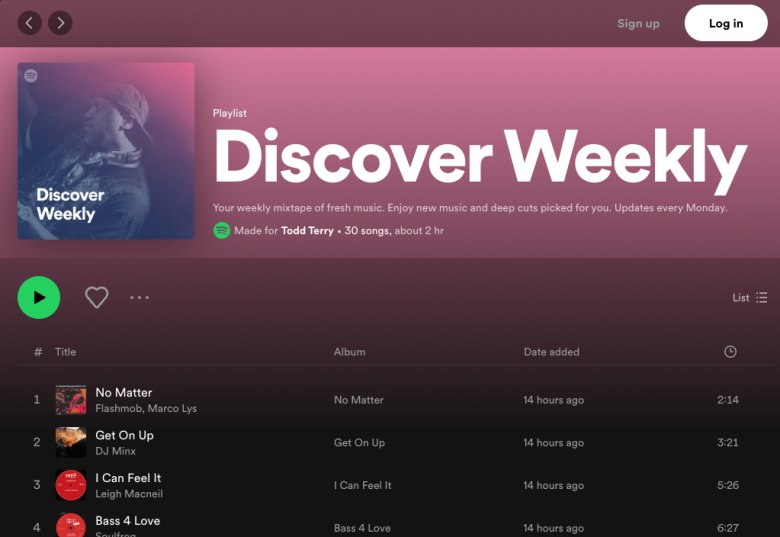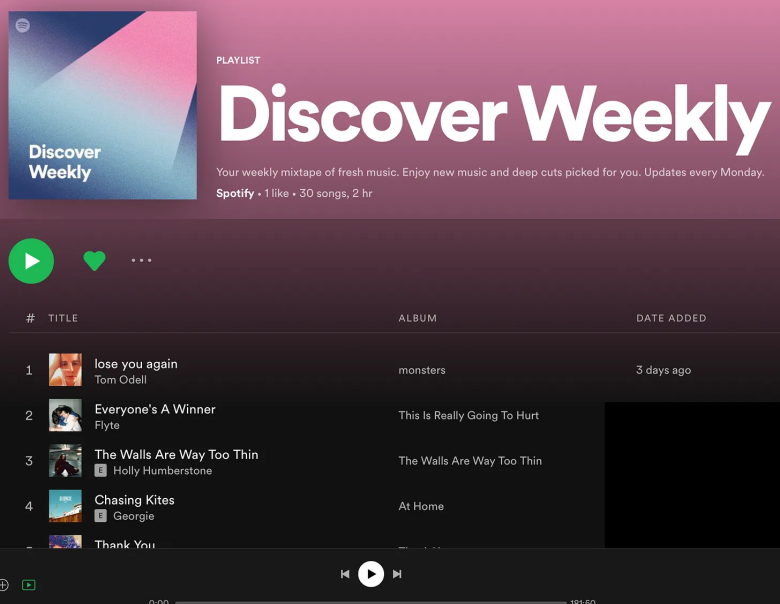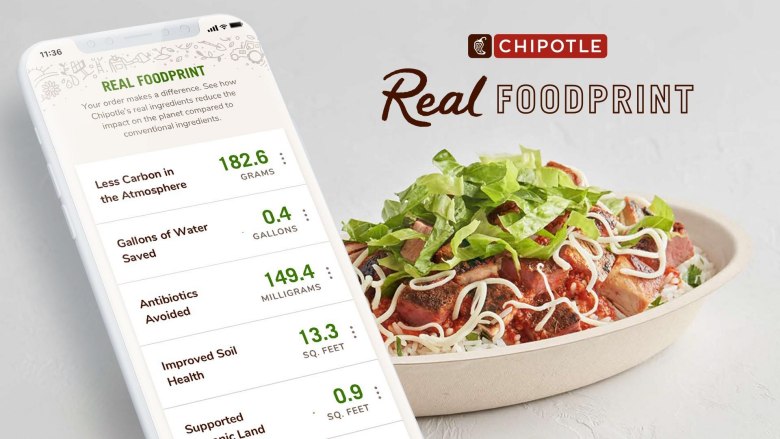How to Create a Marketing Strategy Using AI (+ Prompts and Examples)
If you’re looking to speed up your marketing strategy, you’ve come to the right place. Our AI-powered Marketing Strategy Assistant is like a marketing guru who can work alongside you. Then, to take your strategy to the next level, sign up for a free trial of the Media Shower platform.
How to Use Our Marketing Strategy Assistant
Just answer a few questions, and our AI-powered Marketing Strategy Assistant will create your marketing strategy, instantly and free. Remember: the more information you give it about your product or company, the better the results you’ll get out of it.
More AI Prompts for Your Marketing Strategy
Once you’ve drafted your Marketing Strategy above, you can use these prompts to polish and perfect it:
- Identify Gaps:
“Analyze my current marketing strategy and identify areas of improvement.” - Map the Journey:
“Outline a comprehensive customer journey map based on my target audience.” - Expand Horizons:
“Recommend three new marketing channels we haven’t explored yet.” - Understand Competitors:
“Provide a competitive analysis based on our industry’s top players.” - Be Consistent:
“Review our content and ensure brand voice consistency across all platforms.” - Forecast Trends:
“Predict emerging trends in [specific industry] for the next two years.” - Optimize Content:
“Suggest ways to repurpose our top-performing content across different platforms.” - Measure Impact:
“Recommend three KPIs we should track to measure the success of our campaigns.” - Engage More:
“Provide tactics to increase engagement rates on our social media posts.” - Boost Conversion:
“Offer strategies to improve our website’s conversion rate.”
Marketing Strategy Examples
Here are some examples of brands and companies that have adopted unique marketing strategies in their campaigns.
Spotify: Personalized User Experience
Spotify is a popular music streaming platform that leverages user data and machine learning to provide highly personalized music recommendations, playlists, and podcast suggestions. They also target users with contextual and relevant ads based on listening habits and demographics.
For example, the ‘Discover Weekly feature compiles and features a personalized playlist composed of music similar to what the subscriber listens to. This customized approach increases engagement, reduces churn, and attracts new users who appreciate curated listening experiences. Spotify boasts over 600 million active monthly users as of 2023, and this number continues to grow.
 Image Source: Club Incentify
Image Source: Club Incentify
2. Chipotle: Sustainability & Cause Marketing
 Image Source: Point Cafe
Image Source: Point Cafe
Chipotle, an American chain of fast-casual restaurants, promotes its commitment to ethically sourced ingredients, sustainable practices, and social responsibility through impactful campaigns. They partner with NGOs, highlight farm-to-table sourcing, and advocate for social issues like food justice.
This resonates with socially conscious consumers who value transparency and ethical practices. It differentiates Chipotle from competitors and builds brand loyalty, attracting Gen Z and millennial audiences.
Patagonia: Activism & Purpose-Driven Marketing
 Image Source: Patagonia Burlington
Image Source: Patagonia Burlington
Patagonia, an outdoor clothing company, continues its long-standing commitment to environmental activism, advocating for sustainability and supporting grassroots movements. They integrate their values into marketing campaigns, urging customers to “Buy Less, Demand More.”
This purpose-driven approach resonates with environmentally conscious consumers seeking brands that align with their values. It boosts brand loyalty, attracts new customers, and differentiates Patagonia from competitors.
4. Peloton Interactive: Community & Interactive Content
Peloton Interactive is an exercise equipment and media company that cultivates a strong community through live and on-demand fitness classes, leaderboards, and social features within its app. Users interact, compete, and support each other, creating a sense of belonging and motivation.
This focus on community fosters engagement, brand loyalty, and increased subscription rates. The company uses game-playing elements and social interaction to motivate users and create a unique fitness experience.
 Image Source: Peloton
Image Source: Peloton
AI-Generated Example of Marketing Strategy
Introduction:
NexaPoint Tech stands at the forefront of innovative network management and security, committed to providing enterprises with simple yet powerful SaaS solutions. Our mission is to empower technical decision-makers with intuitive tools and unmatched white-glove support, ensuring their networks are secure, optimized, and resilient against evolving threats. NexaPoint Tech’s platform is not merely a product; it’s a partnership in navigating the complexities of modern network environments.
Rationale:
The content strategy developed for NexaPoint Tech over the next six months is crafted to align closely with our mission and the business goals of enhancing brand awareness, driving adoption, and establishing thought leadership in the SaaS network management and security space.
Our strategy hinges on the following pillars:
- Educational Value: We’re committed to providing valuable insights that empower our customers. This means creating content that informs and educates our audience about the latest trends, challenges, and solutions in network management and security. By positioning ourselves as thought leaders, we build trust and credibility.
- Targeted Messaging: Understanding that our audience comprises highly skilled technical decision-makers, we tailor our content to speak directly to their challenges and needs. The content is designed to resonate with their daily experiences and provide tangible solutions to their pain points.
- Regulatory Acumen: In a world where compliance with regulations like GDPR, FedRAMP, and HIPAA is not optional, our content will reassure customers of our expertise and commitment to these standards, reinforcing trust.
- Multichannel Approach: Recognizing the varied touchpoints of our audience, we’ve devised a content plan that spans LinkedIn, blogs, and downloadable resources, ensuring we’re visible where our prospects are looking.
- Strategic Asset Distribution: The content distribution is timed to maximize engagement, aligning with business cycles and seasons. This is designed to keep the momentum of interest and lead nurturing, with each piece of content methodically drawing the audience deeper into the funnel.
- Customer Journey Focus: With a keen understanding of our buyer’s journey, the content is crafted to meet prospects at each stage, from awareness to advocacy. We’re building a narrative that progresses with the customer, ensuring we’re present with the right message at the right time.
- Scalable and Measurable Impact: A defined budget underscores the need for strategic investment in content that drives ROI. By focusing on clicks, downloads, and conversions, we aim to create a measurable impact that justifies the investment and fuels further marketing initiatives.
Best Practices for Creating a Marketing Strategy
- Understand Your Audience: Dive deep into demographics, psychographics, and behaviors.
- Analyze Competitors: Identify gaps and opportunities in the market landscape.
- Set Clear Objectives: Establish measurable goals linked to business outcomes.
- Allocate Resources Wisely: Prioritize channels and tactics with proven ROI
- Stay Agile: Regularly review and adjust strategies based on real-time feedback.
- Foster Authenticity: Build genuine connections through transparent brand messaging.
- Monitor and Adapt: Use analytics to refine and optimize your approach continually.
Our Media Shower platform has dozens of AI assistants to help you do marketing better, faster, and cheaper. Click for a free trial of our platform.


